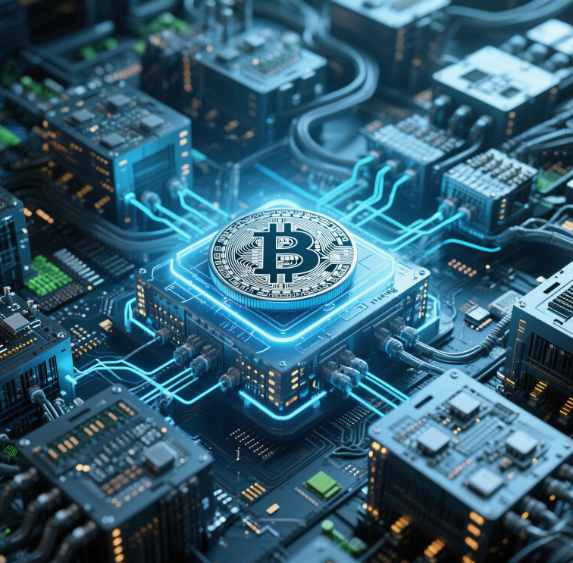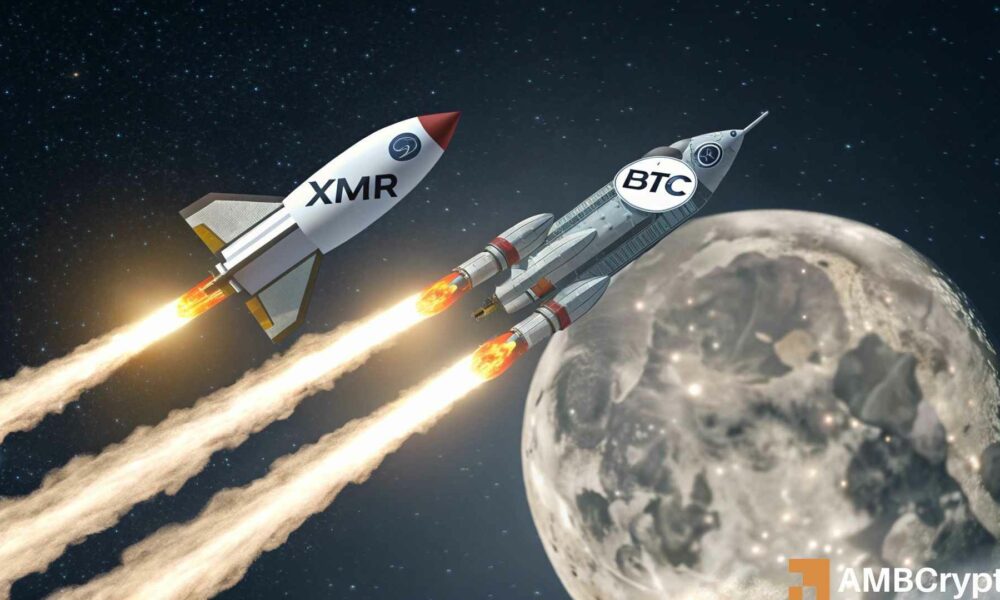Have you ever wondered why banks can freeze your account, but the assets in your Bitcoin wallet will always belong to you? The answer lies in the revolutionary concept of "decentralization". From Pirate Bay's P2P file-sharing to the rise of Bitcoin, it took humanity 20 years to truly bring decentralization into the mainstream. Today, we'll dissect this world-changing technological logic—it not only shapes the future of digital currency but may also redefine your understanding of power, trust, and freedom.

What is Decentralization
Simply put, decentralization means removing the intermediate control institutions, allowing each node in the system to have equal power and status. A traditional centralized system is like a pyramid, with a core control center that processes all information and makes decisions. In a decentralized system, there is no such center, and nodes directly interact with each other and share data. Take Bitcoin for example. There is no central institution like a bank to manage transactions. Every node participating in the Bitcoin network can verify and record transaction information.
The Relationship between Decentralization and Blockchain
Blockchain is a technological means to achieve decentralization. Blockchain is like a distributed ledger composed of data blocks. Each data block contains transaction information within a certain period. These data blocks are connected in chronological order to form a chain. Thanks to cryptographic technology used in blockchain, once data is recorded, it cannot be tampered with. In the blockchain network, each node stores a complete copy of the ledger, and all nodes jointly maintain the consistency of the ledger. Bitcoin is a decentralized digital currency system built on blockchain technology, which realizes the transparency and immutability of transactions through blockchain.
Advantages of Decentralization
High Security
Since there is no single control center, it is difficult for hackers to attack the entire system. Even if some nodes are attacked, it will not affect the normal operation of the whole network. The Bitcoin network has been running for many years. Although it has faced various attacks, it still remains relatively secure and stable.
High Transparency
All transaction information is publicly available, and anyone can view it. This greatly reduces the possibility of fraud and corruption. On the Bitcoin blockchain, every transaction can be traced and verified.

Strong Autonomy
Users can fully control their assets and data without relying on third - party institutions. This gives users greater freedom and control.
Disadvantages of Decentralization
Low Efficiency
Since all nodes need to jointly verify and record transactions, the processing speed is relatively slow. The transaction confirmation time of Bitcoin is long, which limits its large - scale application to a certain extent.
Difficult to Regulate
The decentralized nature makes it difficult to effectively regulate it. This may be exploited by criminals for money - laundering, illegal transactions and other activities.
High Resource Consumption
Maintaining a decentralized network requires a large amount of computing resources and energy. Bitcoin mining consumes a huge amount of electricity, which has also sparked some environmental controversies.
In conclusion, decentralization is a concept full of potential but also fraught with challenges. Its combination with blockchain technology has brought us innovative digital currencies like Bitcoin. As investors in the cryptocurrency circle, we should not only see the advantages of decentralization but also be aware of its drawbacks so as to make more rational investment decisions.

















No comments yet